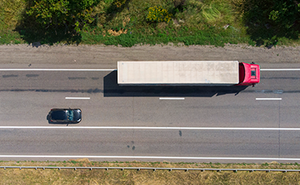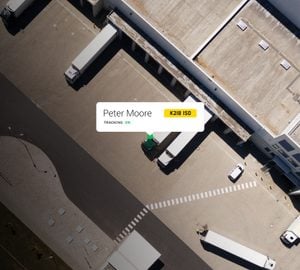AddSecure Fleet Management: The industry leading solution to manage your fleet
Whether you're running a delivery service, a transportation company, or simply managing a fleet of company cars, efficient fleet management is vital. Plan, track and optimise your logistics operations with AddSecure's connected fleet and transport management platform.
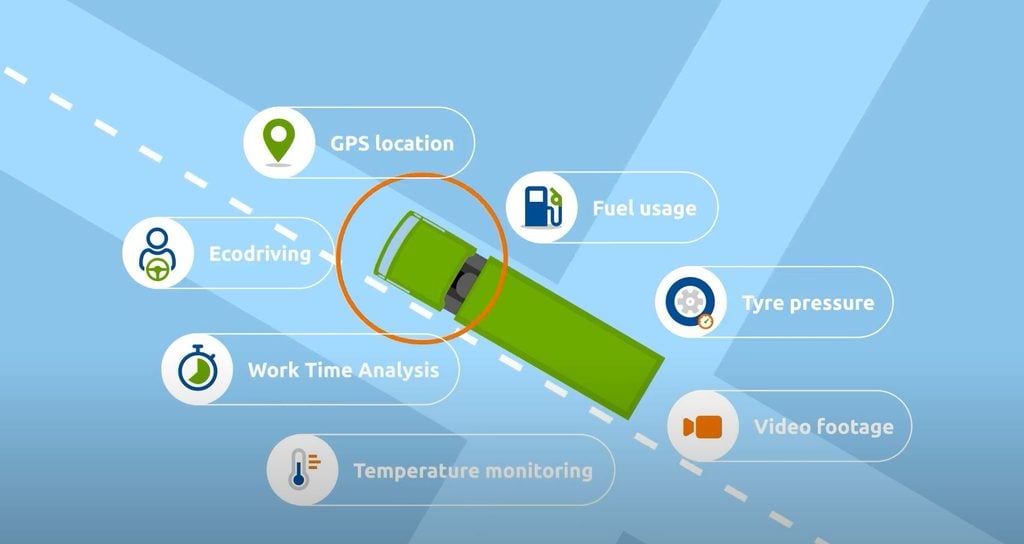
Manage your entire operation from our all-in-one solution.
Have you ever wondered how businesses with large vehicle fleets efficiently keep track of their assets, reduce operational costs, and ensure timely deliveries? Fleet management is the key. We are the industry leading supplier of fleet management solutions. Run a safer and smarter fleet with AddSecure.

The AddSecure solution is particularly simple and quick to deploy with an average of 30 to 45 minutes installation time per vehicle depending on the brand. We have benefited from AddSecure’s excellent support and the daily commitment of the project manager.
Yves Le Bourdoulous
Information Systems Manager at Ambroise Bouvier Transports
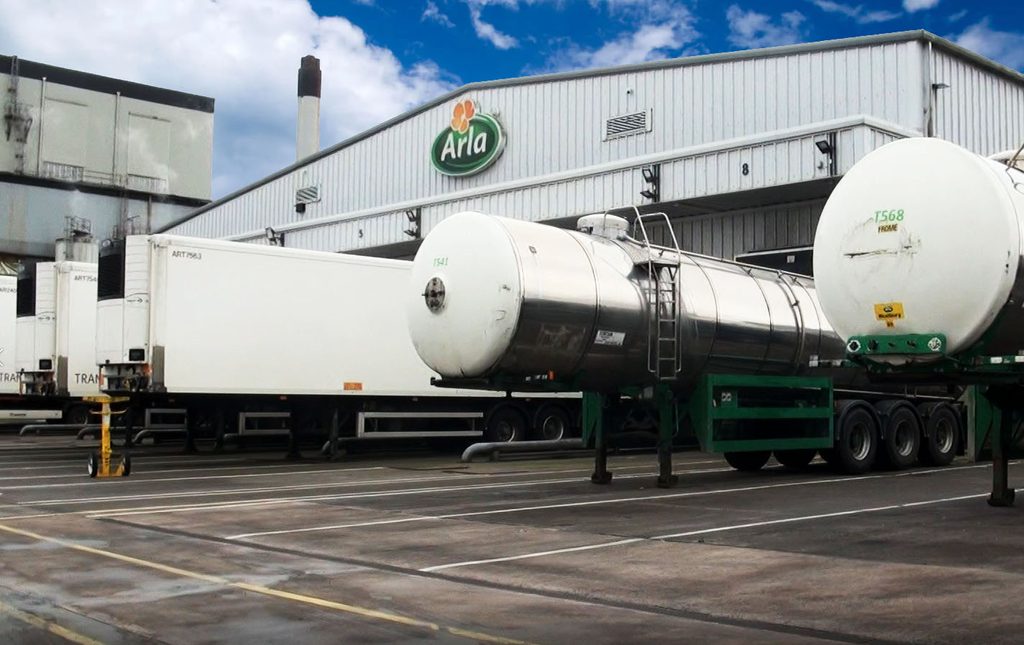
Industry leading solutions for your business
As your business grows so does the need for efficient transportation. Fleet management is a critical aspect of any business that uses vehicles within its operations. Good fleet management ensures that a business's vehicles operate efficiently. This will result in increased productivity, reduced costs, and improved customer service. Fleet management can include various tasks such as vehicle maintenance, fuel management, driver management, route planning, and tracking. The main goal is to maximize the efficiency and effectiveness of your company's vehicle fleet whilst minimizing costs.
See plans and pricing
The industry's leading fleet management platform. Book your free trial now!
See our plans and pricingThe key elements of our system
Improve your fleet’s bottom line and maximise your ROI with our industry leading driver performance monitoring solutions.
All the information you need to make smart business decisions when it comes to your fleet.
From single, forward-facing dash cams to fully integrated, multi-camera systems designed to protect your fleet and improve safety.
Monitor the status of your temperature sensitive deliveries in real-time.
Automate your transportation operations and dramatically reduce your transportation costs with our TMS.
Increase fleet productivity and eliminate tacho infringements with access to real-time tacho data.

The industry's leading transport management solution . Book your free trial now!
Schedule a demo!
World-class implementation services and training
Our team can help you to increase your profitability and secure a quick ROI. When you are an AddSecure customer, a skilled team of professionals will be made available to you who will ensure your fleet- and transport management projects are managed successfully.
See plans and pricing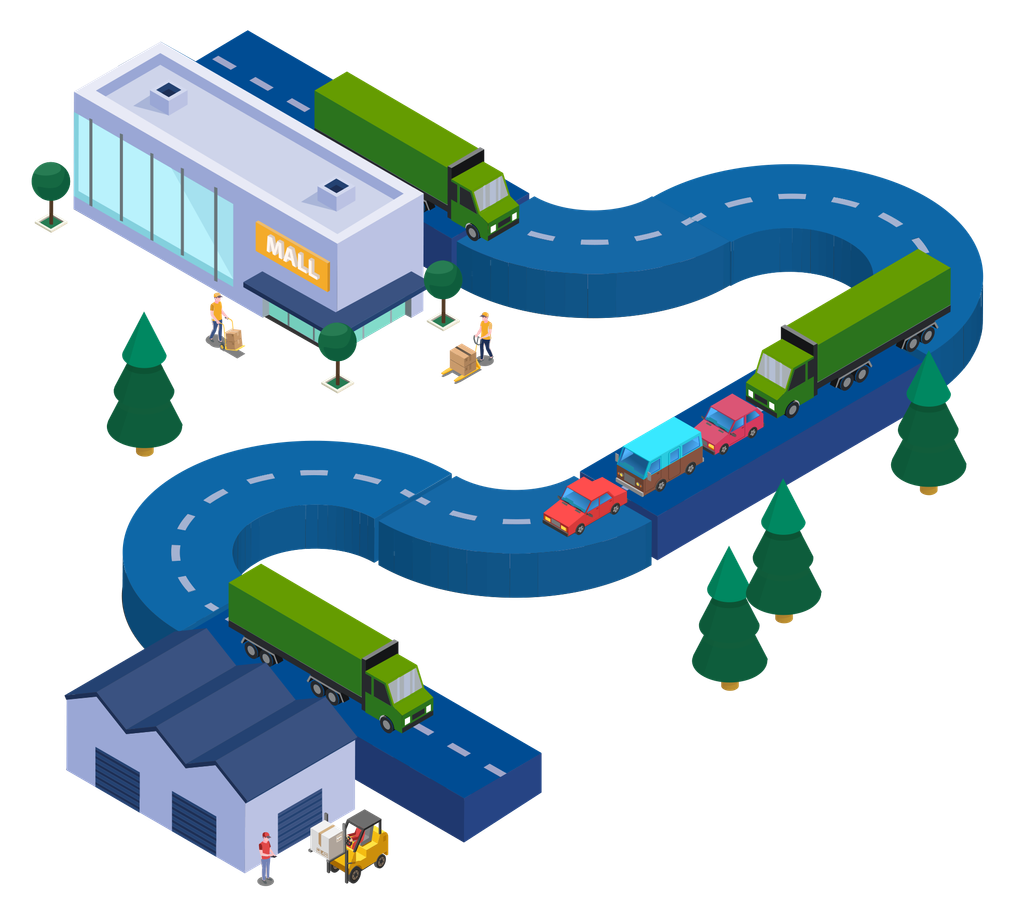
The key to cost effective operations
Whether you run a delivery service, a construction company, or a transportation business, fleet management holds the key to cost-effective operations. By understanding its key components, embracing best practices, and addressing challenges head-on, you can unlock the full potential of your fleet, ensuring efficiency, cost savings, and safety.
See plans and pricing





